Sustainability and Ethical Sourcing
Sustainability is becoming a pivotal factor influencing consumer choices in the Baobab Powder Market. The sourcing of baobab powder is often linked to sustainable practices, as the baobab tree is indigenous to various regions and can thrive in arid conditions. This characteristic not only supports local economies but also promotes environmental conservation. Consumers are increasingly drawn to products that are ethically sourced, and baobab powder fits this criterion well. The market is witnessing a growing number of brands that emphasize their commitment to sustainability, which could enhance their appeal in the Baobab Powder Market. As awareness of environmental issues continues to rise, the demand for sustainably sourced baobab powder is likely to increase, further driving market growth.
Growing Interest in Functional Foods
The Baobab Powder Market is witnessing a growing interest in functional foods, which are designed to provide health benefits beyond basic nutrition. Baobab powder, with its high antioxidant content and potential health benefits, is increasingly being recognized as a functional ingredient. This trend is particularly appealing to consumers who are looking for foods that can support their overall well-being. Market data suggests that the functional foods segment is expected to grow substantially, driven by consumer demand for products that promote health and wellness. As the Baobab Powder Market aligns with this trend, it is likely to attract a broader consumer base, further fueling its growth.
Nutritional Benefits of Baobab Powder
The Baobab Powder Market is experiencing a surge in demand due to the increasing awareness of the nutritional benefits associated with baobab powder. Rich in vitamin C, fiber, and antioxidants, baobab powder is perceived as a superfood that supports immune health and digestive wellness. Recent studies indicate that baobab powder contains up to six times more vitamin C than oranges, which appeals to health-conscious consumers. This heightened interest in nutritional supplements is likely to drive growth in the Baobab Powder Market, as more individuals seek natural alternatives to synthetic vitamins and supplements. Furthermore, the trend towards plant-based diets enhances the attractiveness of baobab powder, positioning it as a staple ingredient in health foods and dietary supplements.
Rising Demand for Natural Ingredients
The Baobab Powder Market is benefiting from a notable shift towards natural and organic ingredients in food and beverage products. Consumers are increasingly scrutinizing ingredient labels, favoring products that are free from artificial additives and preservatives. This trend is reflected in the food industry, where the demand for clean-label products is on the rise. Baobab powder, being a natural product derived from the fruit of the baobab tree, aligns perfectly with this consumer preference. Market data suggests that the clean-label trend is expected to grow, with a significant percentage of consumers willing to pay a premium for products that feature natural ingredients. As a result, the Baobab Powder Market is likely to see an uptick in sales as manufacturers incorporate baobab powder into their offerings to meet consumer expectations.
Versatile Applications in Food and Beverage
The versatility of baobab powder is a significant driver in the Baobab Powder Market. It can be utilized in a wide array of applications, ranging from smoothies and energy bars to baked goods and sauces. This adaptability makes baobab powder an attractive ingredient for food manufacturers looking to innovate and diversify their product lines. Market analysis indicates that the food and beverage sector is increasingly incorporating superfoods, and baobab powder is often highlighted for its unique flavor profile and health benefits. As more companies recognize the potential of baobab powder to enhance their offerings, the Baobab Powder Market is poised for expansion, with new products entering the market regularly.


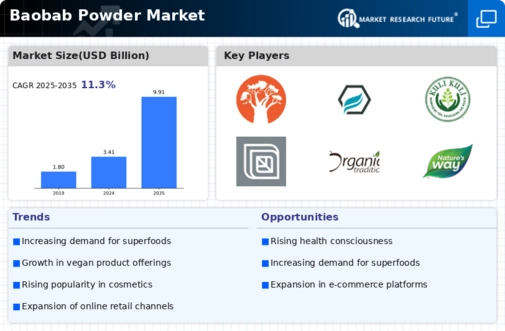
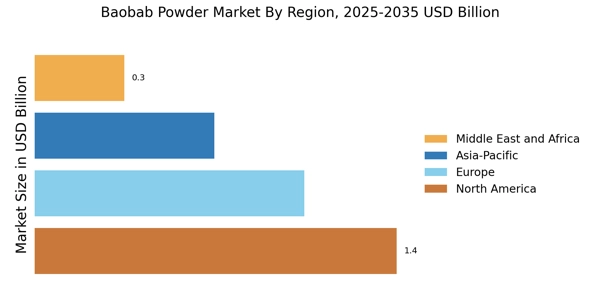
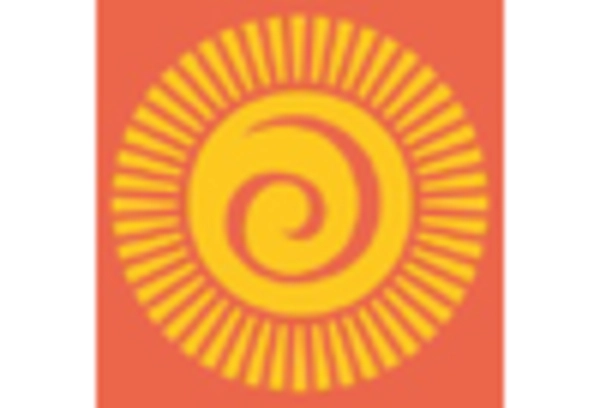

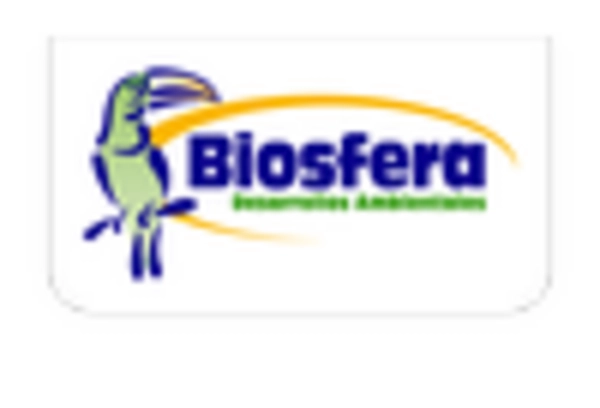
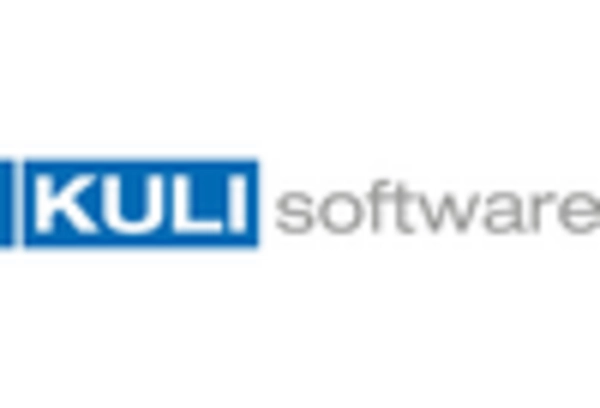
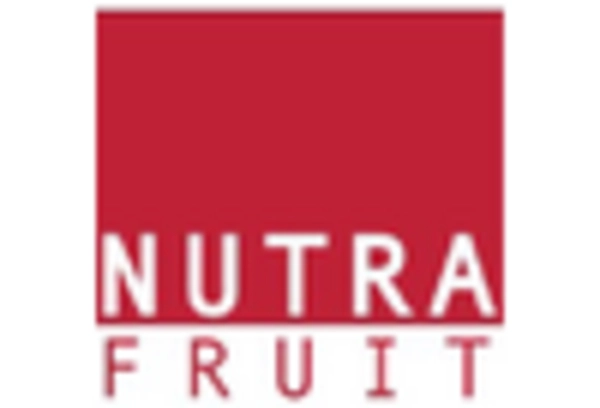









Leave a Comment